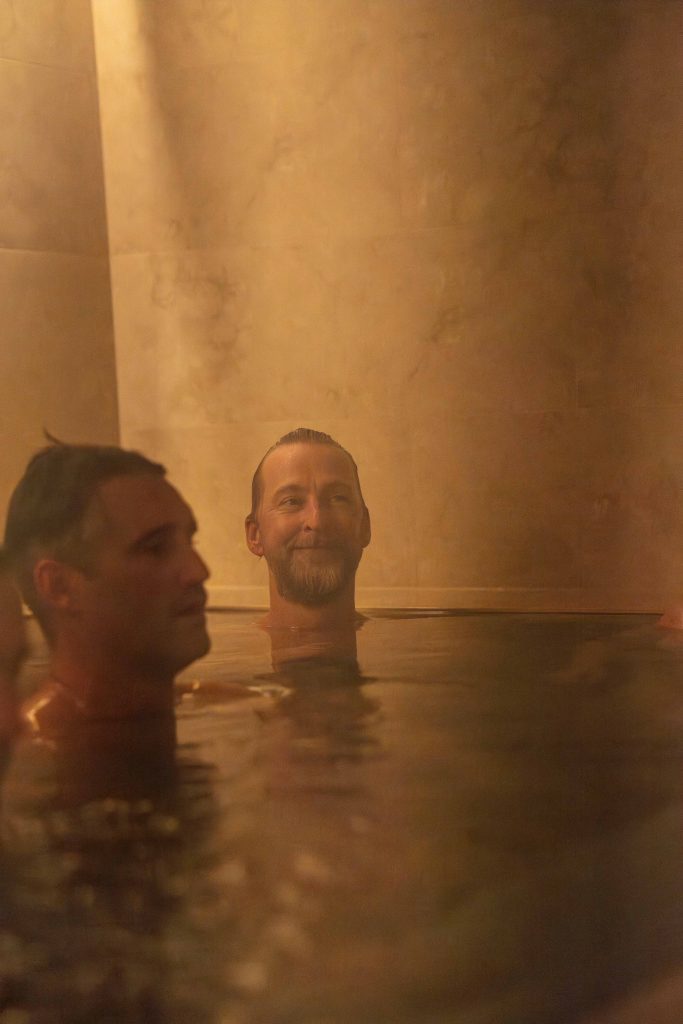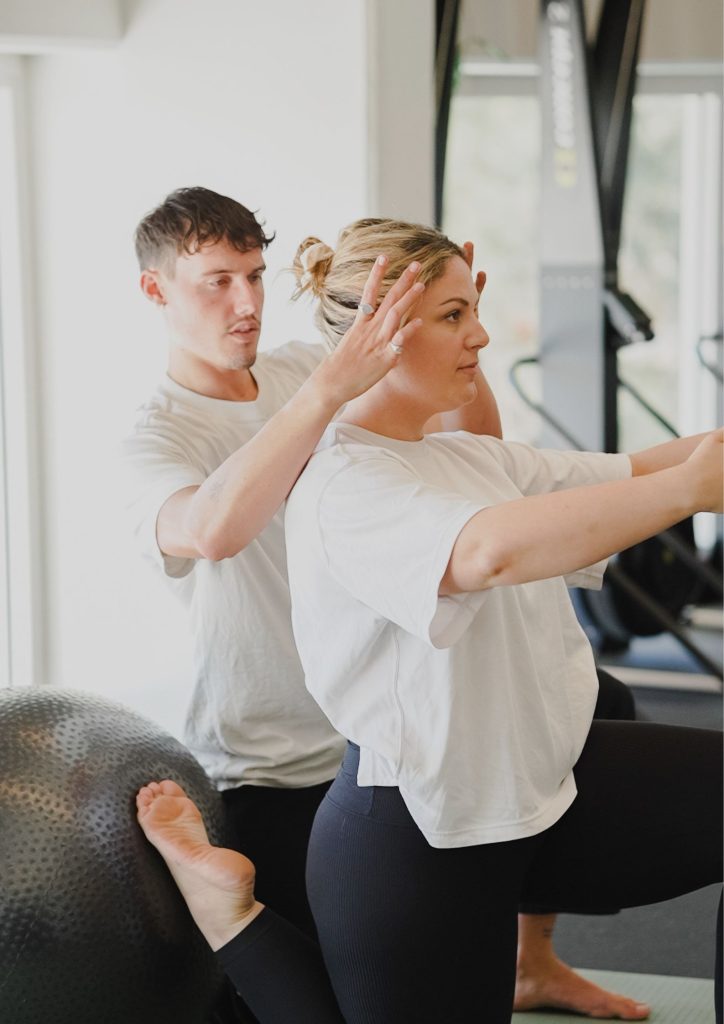It’s easy to get swept up in the energy of a new year. We make lists, set resolutions, and promise ourselves that this time will be different. But while the intention is strong, the stats paint a different picture – nearly 80% of New Year’s goals fade out by February. Only a small percentage of people continue all year.
So what makes the difference between the goals that disappear and the ones that stick?
It turns out, the key isn’t willpower – it’s structure. If you’re wondering how to set goals that you’ll actually follow through on, this simple plan is where to start.
Step 1: Set the Goal
The first step in learning how to set goals is taking the time to clearly articulate what you want to achieve. This might be something you write in a journal, speak out loud to a friend, or map out in your calendar. It’s less about being perfect and more about being intentional.
Well-structured goals are specific, personal, and action-oriented. Instead of saying, “I want to be healthier,” try “I want to move my body every day” or “I want to cook at home three nights a week.” Studies show that people who focus on action rather than avoidance are more likely to succeed – because it’s easier to move towards something than away from it.
Importantly, remember that goals aren’t static. You’re allowed to adapt them as your life, priorities, and circumstances change. Flexibility is not failure – it’s part of the process.
Step 2: Break It Down
When you’re looking at a big goal, it can feel overwhelming. That’s why one of the most effective strategies for how to set goals is to break them down into smaller, more manageable parts.
Rather than trying to change everything at once, focus on one habit or step at a time. For example, if your overall goal is to feel more balanced this year, your first step might be to allocate 60 minutes each week to something just for you. Once that feels natural, you can build from there.
A great rhythm is to focus on one habit every few months. This gives you space to practise, adjust, and truly integrate the change into your lifestyle before layering on more. Progress happens through small, consistent actions – not dramatic overhauls.
Here are some examples of small, inspired actions to get started:
- Sign up for a local class or membership that supports your goal
- Schedule time in your calendar each week to dedicate to it
- Call someone who can help or hold you accountable
Step 3: Put It in the Calendar
Knowing how to set goals is one thing – following through on them is another. That’s where planning becomes essential.
We all lead busy lives, and it’s easy for your own priorities to get lost in the mix of day-to-day demands. If you don’t create space for your goals, they tend to fall to the bottom of the list.
Instead of hoping you’ll find the time, schedule it. Literally put your goal in your calendar like you would a meeting or appointment. That might mean blocking out time for a hike, booking a workshop, or protecting a weekend for rest.
This kind of forward planning gives your goal structure. It creates clarity when competing demands pop up – and it sends a message (to yourself and others) that your goals matter.
A Note on Community
One of the most underrated supports in goal setting is who you surround yourself with. Research consistently shows that we’re more likely to stay motivated and on track when we share our goals with others or spend time with likeminded people.
If your goal involves movement, connection, or better balance – consider joining a space where that’s already part of the culture. At Native State, we offer small group fitness classes and member-only bathhouse sessions designed to foster exactly this kind of supportive environment.
You don’t have to do it alone. In fact, you’re more likely to succeed when you don’t.
The Signs You’re Getting It Right
As you start integrating this 3-step method, you’ll likely notice some positive shifts. You might feel:
- More motivated to follow through on your intentions
- Less overwhelmed by everything you “should” be doing
- Clearer about what matters and how to prioritise it
- A growing sense of achievement and consistency
- More calm, focused, and self-directed in your daily routine
These aren’t just signs of good goal setting – they’re signs of deeper alignment with the kind of life you’re trying to build.
Conclusion: Set Goals That Feel Good to Follow
Learning how to set goals isn’t about chasing perfection or doing more – it’s about building habits and systems that support you. With a clear goal, small steps, and a plan in place, you give yourself the best chance of turning intention into action.
As the year unfolds, allow your goals to evolve with you. Let them reflect what you value, where your energy is going, and how you want to feel.
Ready to turn intention into action?
Big goals don’t require burnout – just the right plan and support. At Native State, Private Coaching is designed to help you set meaningful goals and actually follow through. With expert guidance, mindset tools, and personalised strategies, you’ll create routines that align with your energy, lifestyle, and long-term wellbeing.
Explore Private Coaching and discover a smarter way to reach your goals.



